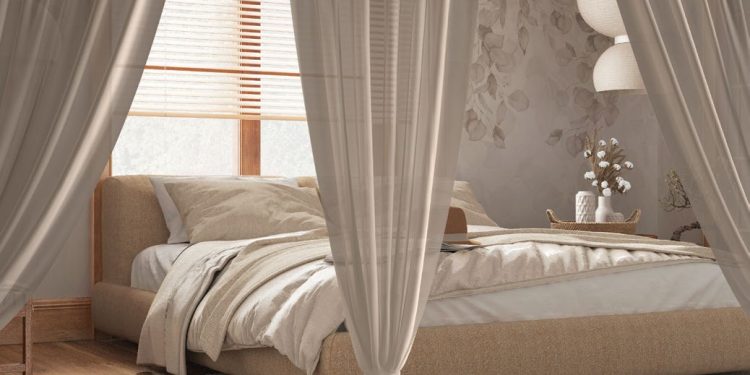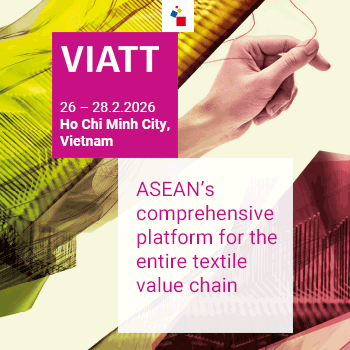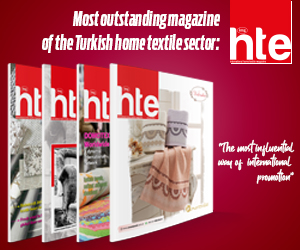The fabric landscape is undergoing a dramatic transformation, tracing a path from petrochemicals to plant-based, bio-fabricated fibers; from passive materials to interactive smart textiles; and from linear production to circular systems. Türkiye is actively engaging in these shifts, blending sustainable sourcing, tech-enabled processing, and regulatory alignment to secure its position in an eco-conscious global textile economy. Let’s start with the international scope.
International
1. Sustainability & Circular Textiles
• Bio based & recycled fibers like Tencel, algae, Spinnova (wood based pulp), Bananatex (banana fiber canvas), and Econyl (recycled nylon) are becoming global standards—not niche alternatives.
• Textile-to-textile recycling is gaining momentum, led by players like Circulose, Reju, Unifi, and Re&Up. EU producer responsibility laws (EPR) are accelerating progress, though feedstock and brand partnerships remain key hurdles.

2. Smart & Functional Fabrics
• Wearables & responsive textiles: Thermochromic or color-morphing materials, self-healing yarns, health/tracking sensors, cooling fabrics, and even infrared-communicating graphene-infused fabrics are reshaping how we interact with garments.
• High-performance fabrics: Innovations delivering durability, antibacterial properties (e.g., silver, graphene), and even tearresistant, self-repairing fibers are transforming outdoor, athletic, and protective gear.
3. Green Dyeing & Chemical Reduction
• Firms like Colorifix (UK) and Xefco (Australia) arepioneering natural DNA-based dyes and waterless plasma-coating techniques to significantly reduce water consumption and chemical waste in dyeing.
4. Luxury Meets Ecology
• Lux labels like Stella McCartney and Adidas adopt Econyl; niche designers like Phoebe English in London craft garments from single-fiber waste with botanical dyes; lab-grown cotton—like Galy’s ‘Literally Cotton’—emerge from fermentation for low-resource fiber production.
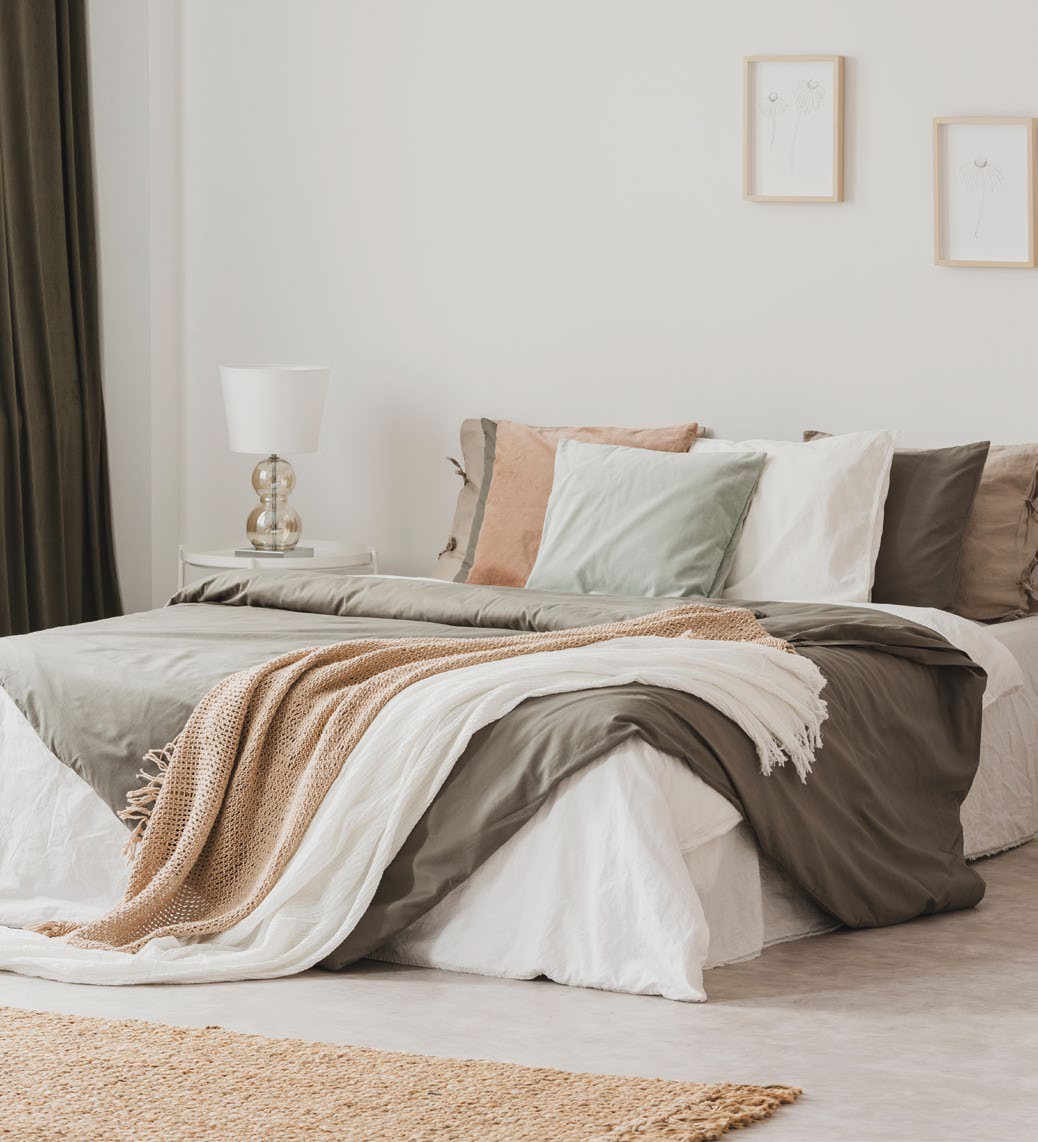
5. Localized Resilience
• Italian mills (e.g., Prato region) invest in climate adaptation (flood barriers, recycled fibers) to maintain “Made in Italy” quality amid extreme weather shifts.
Türkiye’s Textile Landscape
1. Sustainable Fiber Shifts
• Turkish manufacturers have started integrating organic cotton, hemp, recycled PET, and sustainable blends (linen, bamboo) in response to both EU eco-standards and growing global markets.
2. Technological Adoption
• İstanbul-based mills and B2B suppliers are adopting digital printing, automated supply chains, and functional finishes, building off global e-textile trends.
3. Export-Driven Innovation
• As Türkiye maintains a leading role in apparel exports, innovation in eco-friendly dyeing (akin to Xefco & Colorifix) and certified fibers enables access to eco-conscious international buyers.
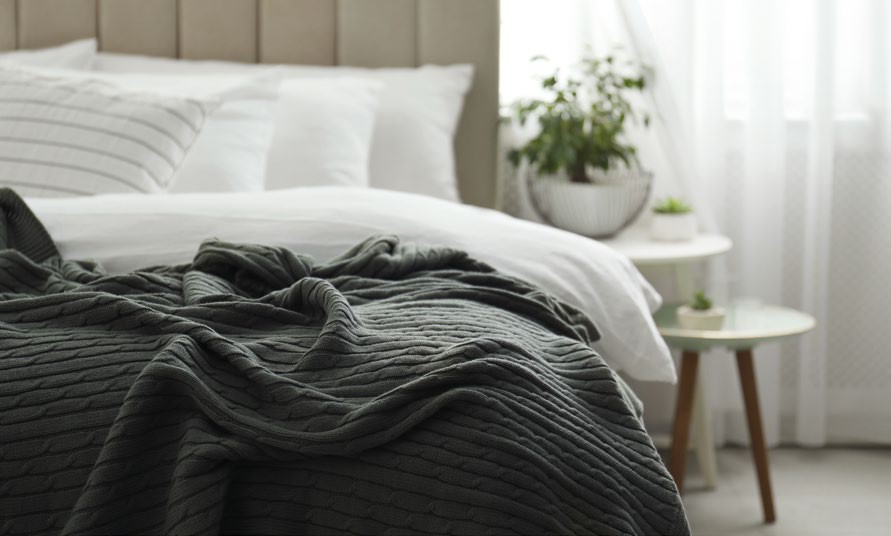
4. Regulatory Momentum
• New local regulations encourage wastewater treatment, traceability, and chemical compliance, aligning Turkish production with EU regulations and circular fashion initiatives.
Outlook & Strategic Insights
• Global shift: Sustainability is no longer optional—bio-based and recycled fibers are becoming market essentials.
• Tech fusion: Smart textiles blend fashion and function; expect growth in thermal regulation, health sensing, and adaptive wearables.
• Circularity boost: The real step-change will be textile-to-textile recycling at volume, driven by legislation, technology, and brand cooperation.
• Türkiye’s pathway: Ongoing integration of sustainable and functional fabrics positions Türkiye well for export markets, especially under upcoming EU– Türkiye green trade frameworks.
• Investment hotspots: Digital printing, eco-chemical processes, and traceability systems are prime areas for growth in Turkish textile innovation.

